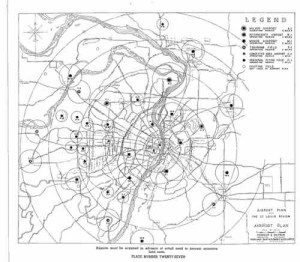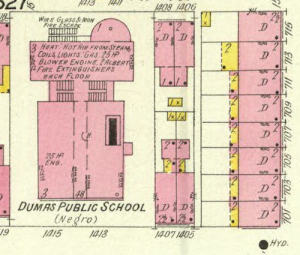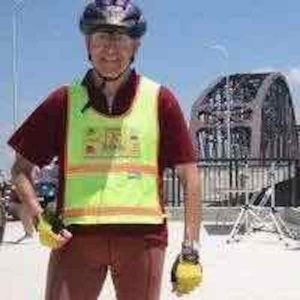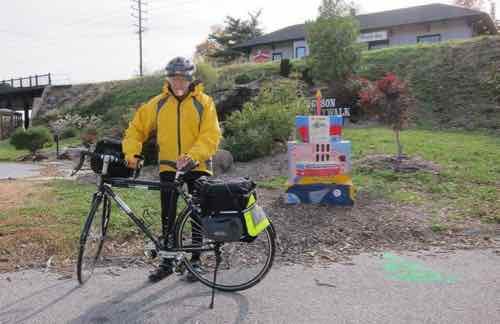New Cafe Will Train Disabled Persons For Work In Hospitality Industry
|
|
Very likely many of you have had periods of unemployment — you get your resume out there and get a new job. For disabled Americans it isn’t as easy, resulting in a significantly higher rate of unemployment — or, conversely, a lower rate of employment:
The portion of working-age disabled Americans who are employed averaged 29.3% last year, up from 26.8% in 2013, figures from the Labor Department and Moody’s Analytics show. That’s still far lower than the 73.5% of non-disabled Americans who were working, though the latter has not increased as sharply. The unemployment rate for disabled people is 8.8%, down from 16.9% in 2011, but more than double the U.S. jobless rate. (USA Today)
The problems are numerous — just getting in the door to gain needed experience can be difficult. To address this need Paraquad, through a Missouri Foundation for Health grant, has opened a new cafe.
The Bloom Café is a social enterprise of Paraquad, The Disability Experts, designed to help people with disabilities prepare for employment. The program has three stages:
- Training Program: Students complete a 12-week, skills-based curriculum where they study topics, such as food handling and preparation, and learn soft skills, such as .customer service and workplace etiquette.
- Paid Internship: Students progress to a short-term paid internship in the Bloom Café and other restaurants to build skills and experience.
- Job Placement: When interns are job-ready, Paraquad assists them in finding and maintaining jobs in the community.
Paraquad believes that everyone should be able to live and work independently. At The Bloom Café, we help make that possible. Students in our program take the first steps in building a career.(The Bloom Café)
Paraquad held the ribbon cutting on the first day of Spring — very appropriate.
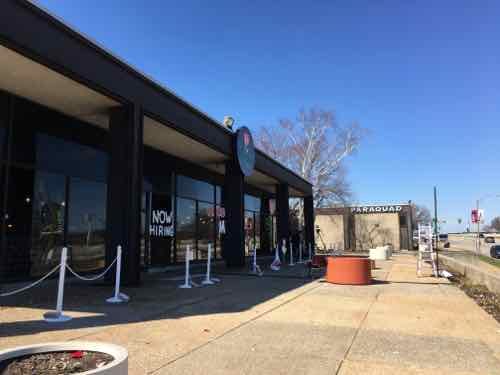
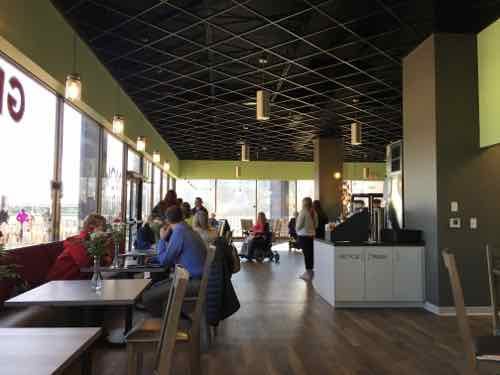
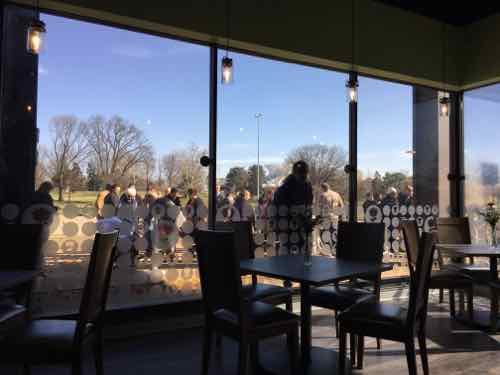
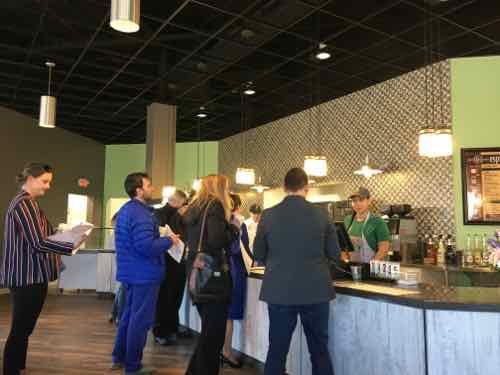
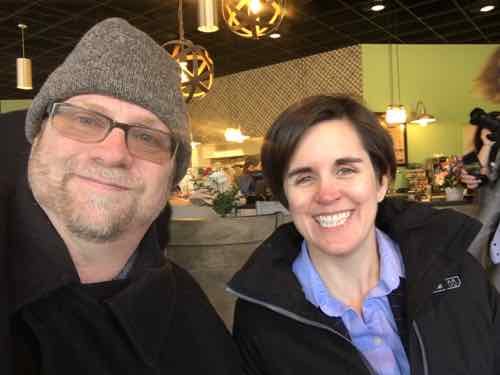
I wasn’t able to stay to try out any of the food the morning of the opening, but I will return soon to try it. Bloom Café is open for breakfast & lunch Monday-Saturday. It is conveniently located at 5200 Oakland Ave — between the Science Center and Forest Park Community College.
As mentioned above, the building was built in 1972 — nearly 2 decades before the American’s with Disabilities Act of 1990. Because we tend to design only for automobiles — unless forced to consider pedestrians — there was no pedestrian route from the public sidewalk into any building entrance. The only option for pedestrians. like me, who arrived via public transit was to risk getting hit in the auto driveway. I’ve given Paraquad trouble about them not having corrected this.
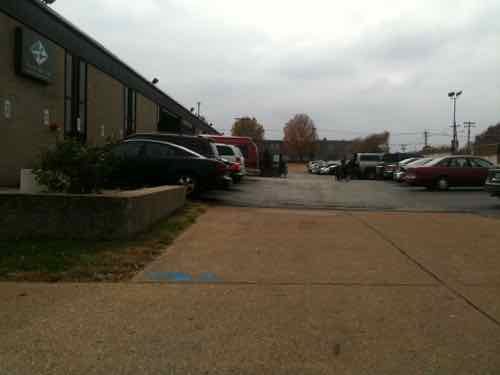
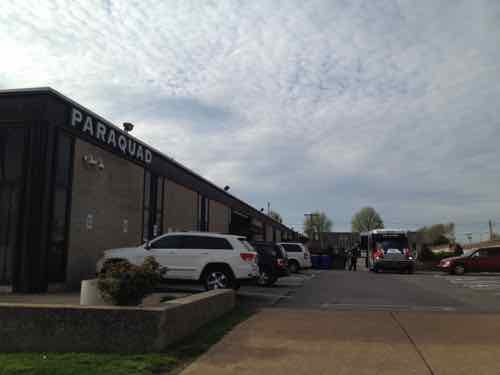
So I was very happy to see they finally corrected the 1972 design.
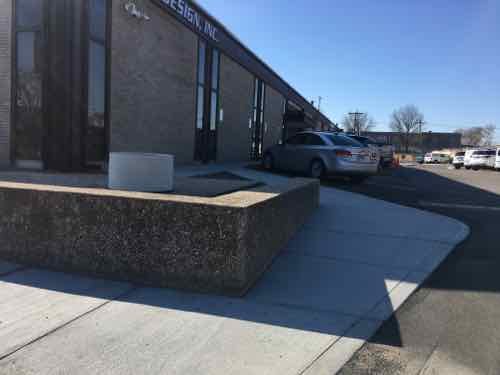
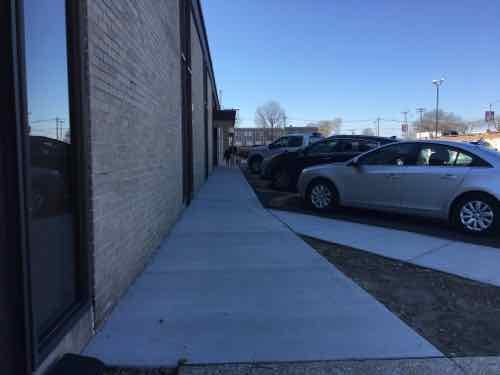
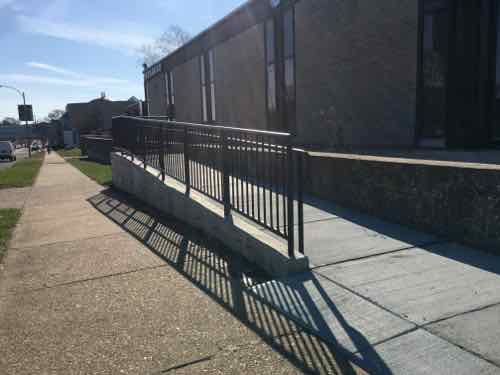
I’m very glad to see this change — still thousands of other properties that also need to be updated. We also need to stop building like this — an example is the Starbucks on Chippewa.
— Steve Patterson
